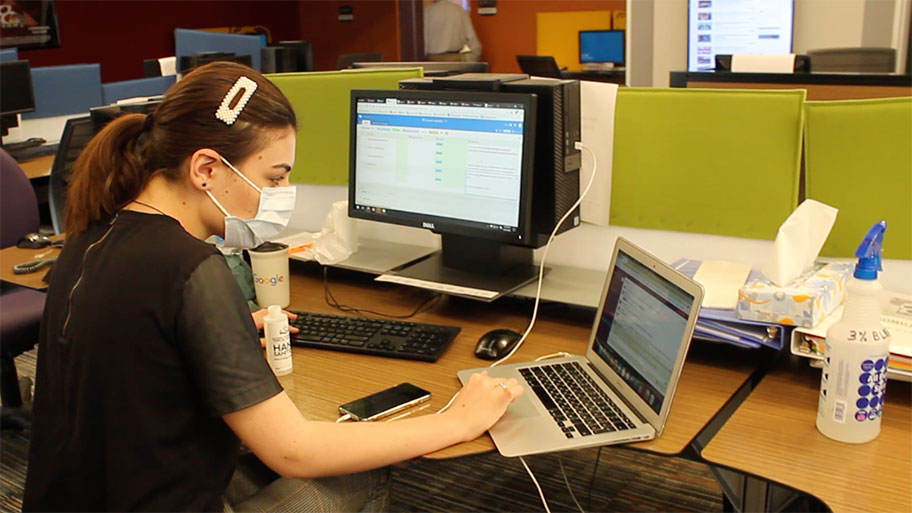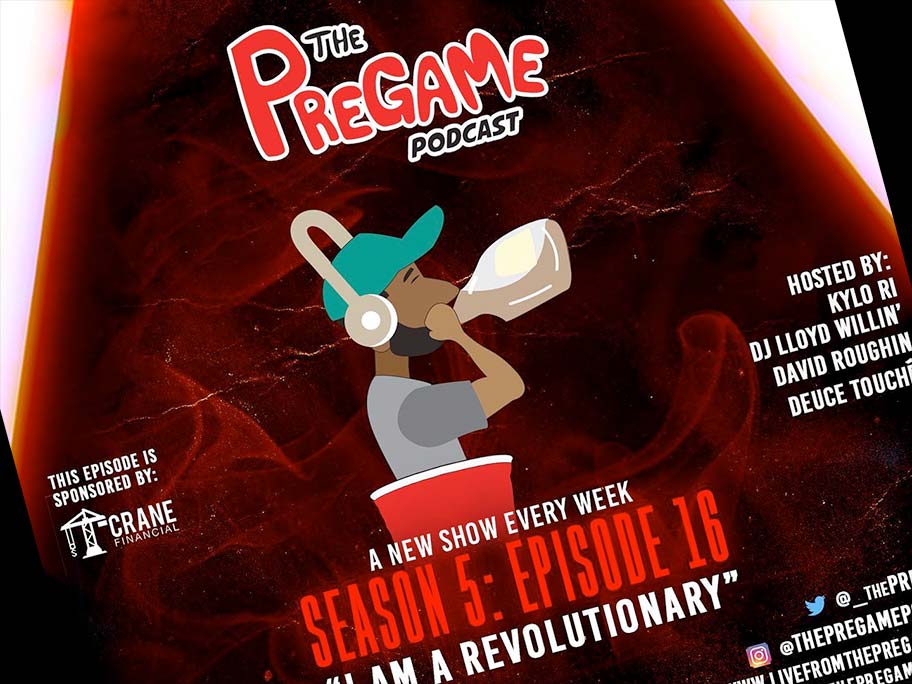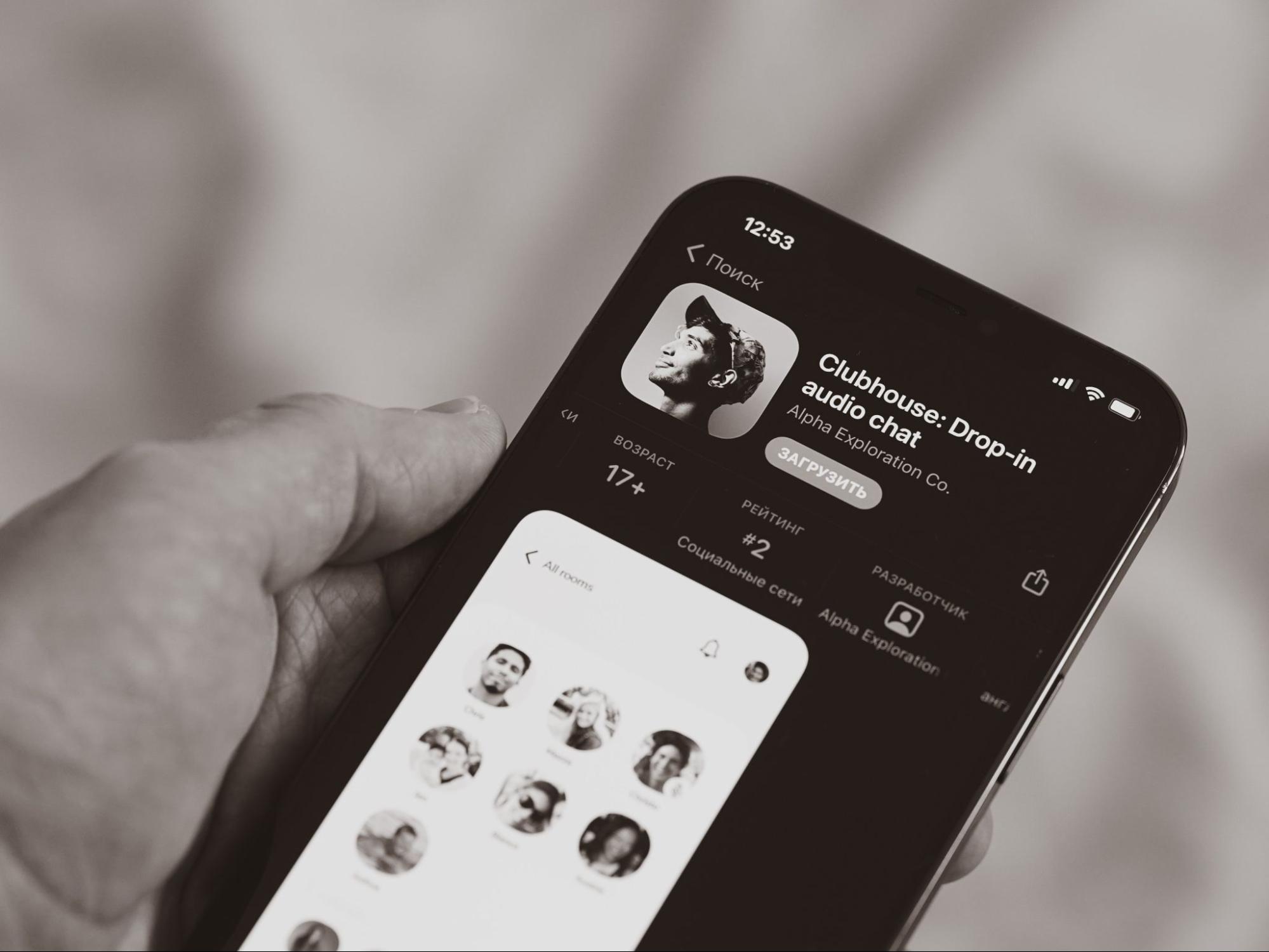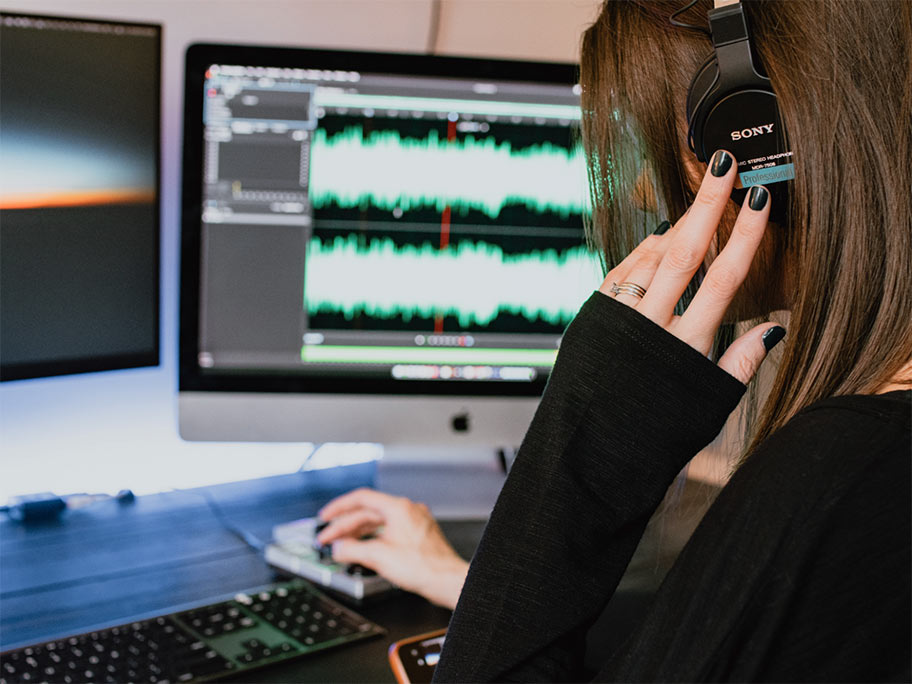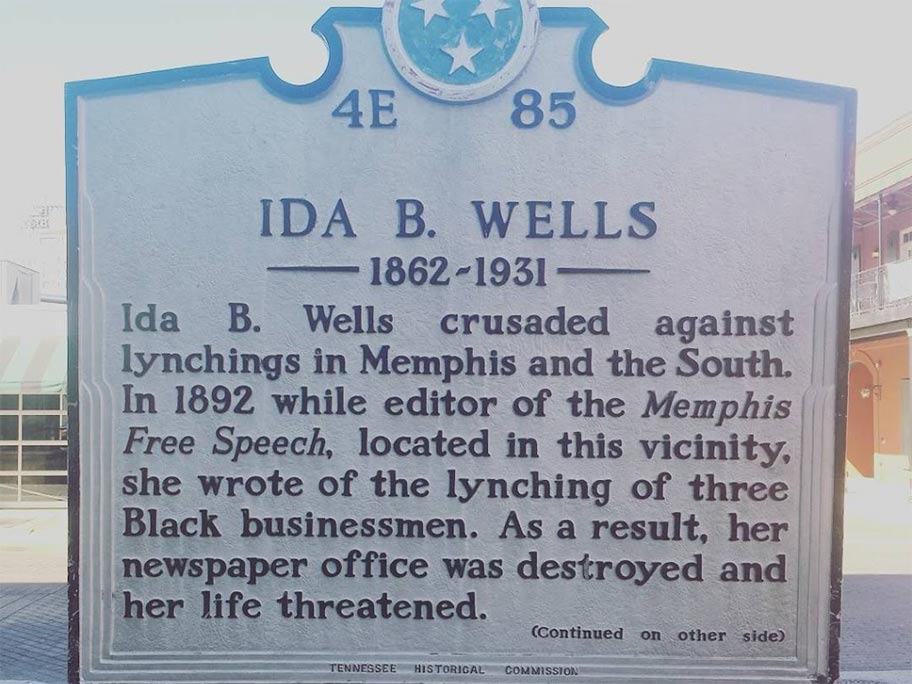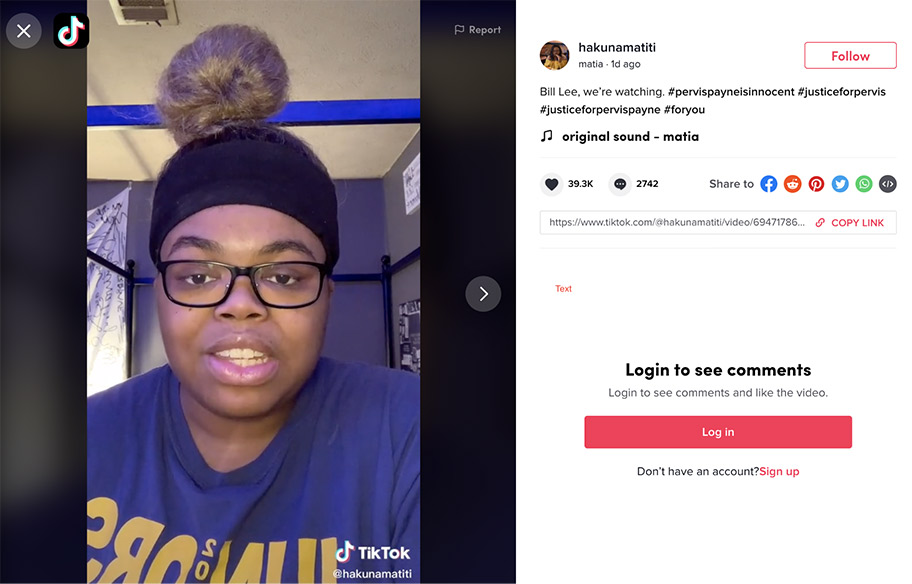
Columns
News archives: The untapped resource Part 3
This excerpt from Neil Mara’s research report highlights the top selections from each of the five categories of examples showing how newsrooms are using the content of their news archives to their benefit.
The Uproot Project wants race and class at the forefront of environmental reporting
“The old narrative doesn’t work anymore — it never did. It’s time to take it out by its roots, and start anew.”
Newsroom Notes: Questions to think about for the post-pandemic TV newsroom
The views expressed in this column are those of the author and do not necessarily reflect the views of the Reynolds Journalism Institute or the University of Missouri. KOMU News is the nation’s only teaching laboratory inside a commercial network affiliated TV station. Many of the challenges are the same as other newsrooms—layered with the … Continued
Journalism’s broken talent pipeline
It’s impossible to address what journalists do and why we exist without understanding how and who becomes a journalist today.
Solidarity reporting moves away from elites and to people subjected
Gabe Schneider interviews Anita Varma, a journalism ethicist, who has aimed to extrapolate the practices of journalists who have centered community needs with what she calls solidarity reporting.
6 ways to incorporate Clubhouse and Twitter Spaces in your audience strategy
As the pandemic has forced many publishers to change the way they engage with readers, one addition to the audience wheelhouse has been the use of audio-based social media platforms.
9 ways newsrooms can incorporate more audio in their work
The ability to hear stories is essential for visually impaired audiences — and anyone who wants to consume content on the move.
What does movement journalism mean for journalism as a whole?
Movement journalism. It didn’t yet have the name, but still, it was there in practice when Ida B. Wells’ name was first placed on the masthead on the Memphis Free Speech in 1892.
What newsrooms can learn from creator culture and monetization strategies
Like the music and movie industry before us, it’s time for journalism to rethink the way things are done.


